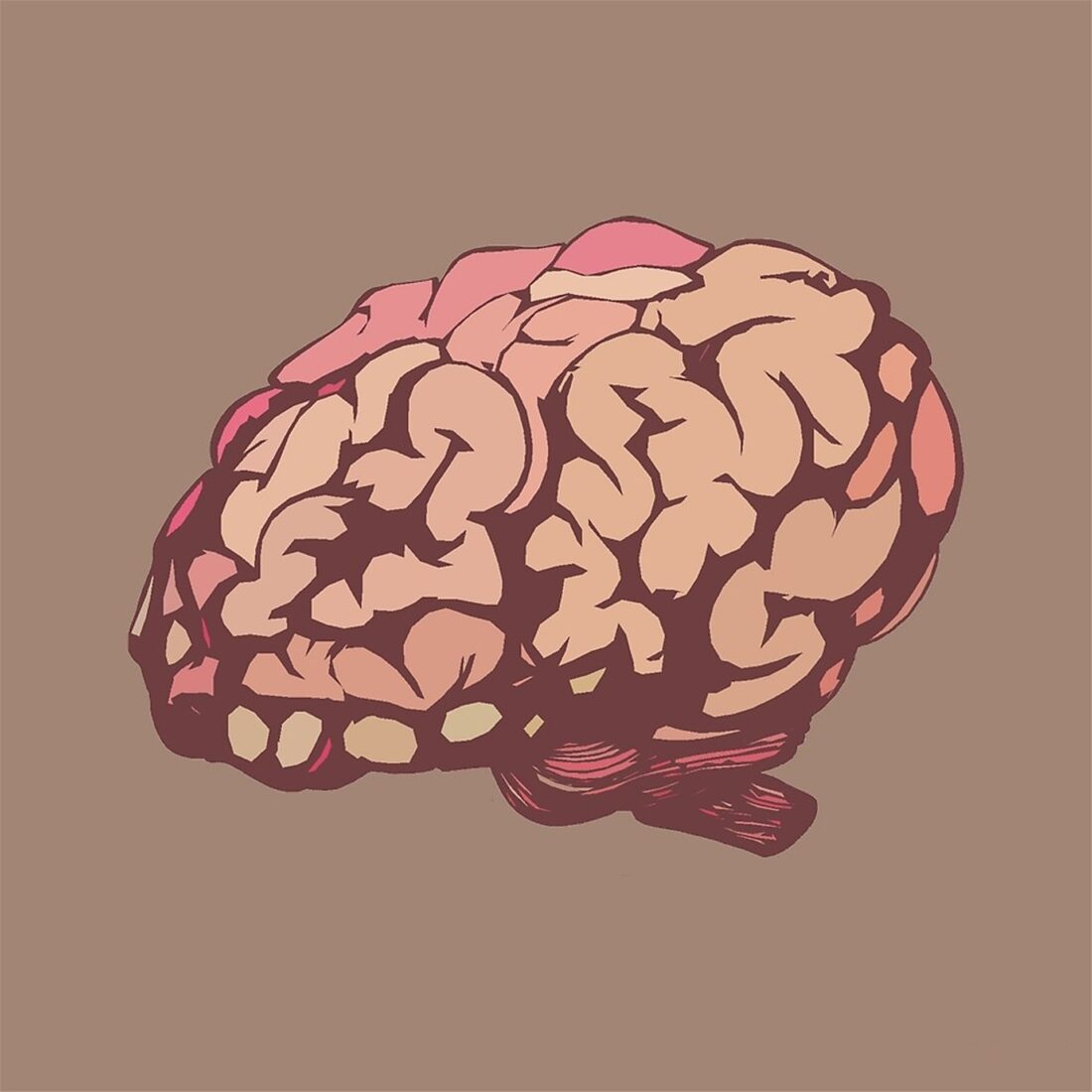Neurology: A Comprehensive Guide To The Brain And Nervous System – Dr. Sameer Suhail
The brain and nervous system are two of the most complex and fascinating organs in the human body. They control everything we do, from moving our muscles to thinking and feeling. In this comprehensive guide, we will explore the anatomy and function of the brain and nervous system, as well as some common neurological disorders. We will also discuss treatments for these disorders, ranging from medication to surgery. Doctors like Dr. Sameer Suhail who specialize in neurology, are called neurologists.
1. What is neurology?
Neurology is the study of the brain and nervous system. It is a branch of medicine that deals with disorders of the nervous system, including the brain, spinal cord, and peripheral nerves. Neurologists are doctors who specialize in diagnosing and treating neurological disorders.
2. What are the functions of the brain and nervous system?
The brain and nervous system control everything we do, from moving our muscles to thinking and feeling. The brain is the center of all cognitive function, including memory, language, and decision-making. The spinal cord is responsible for carrying messages between the brain and the rest of the body. The peripheral nervous system consists of nerves that branch out from the spinal cord and innervate the rest of the body.
3. Anatomy of the brain and nervous system
The brain is divided into three main regions: the cerebrum, the cerebellum, and the brainstem. The cerebrum is the largest region of the brain and is responsible for higher cognitive function, such as reasoning and problem-solving. The cerebellum is located underneath the cerebrum and controls movement and balance. The brainstem is located at the base of the brain and controls essential functions, such as breathing and heart rate.
The nervous system can be divided into two main parts: the central nervous system (CNS) and the peripheral nervous system (PNS). The CNS consists of the brain and spinal cord. The PNS consists of nerves that branch out from the spinal cord and innervate the rest of the body.
There are four main types of cells in the nervous system: neurons, astrocytes, oligodendrocytes, and microglia. Neurons are specialized cells that transmit electrical signals between different parts of the nervous system. Astrocytes are supportive cells that help to keep neurons healthy. Oligodendrocytes are cells that produce myelin, a substance that insulates neurons and helps to speed up nerve impulses. Microglia are immune cells that protect the brain from infection.
4. Common neurological disorders
There are many different neurological disorders that can affect the brain and nervous system. Some of the most common include Alzheimer’s disease, Parkinson’s disease, stroke, epilepsy, and migraine.
5. Treatment for neurological disorders (medication, surgery)
Treatment for neurological disorders depends on the specific disorder. Medications are often used to treat seizures, pain, and inflammation. Surgery may be necessary to remove tumors or correct structural problems in the brain or nervous system. In some cases, rehabilitation and therapy can help patients recover from neurological disorders.
We hope you have enjoyed this comprehensive guide to neurology! If you have any questions or would like to learn more, please feel free to contact us. Thanks for reading!










